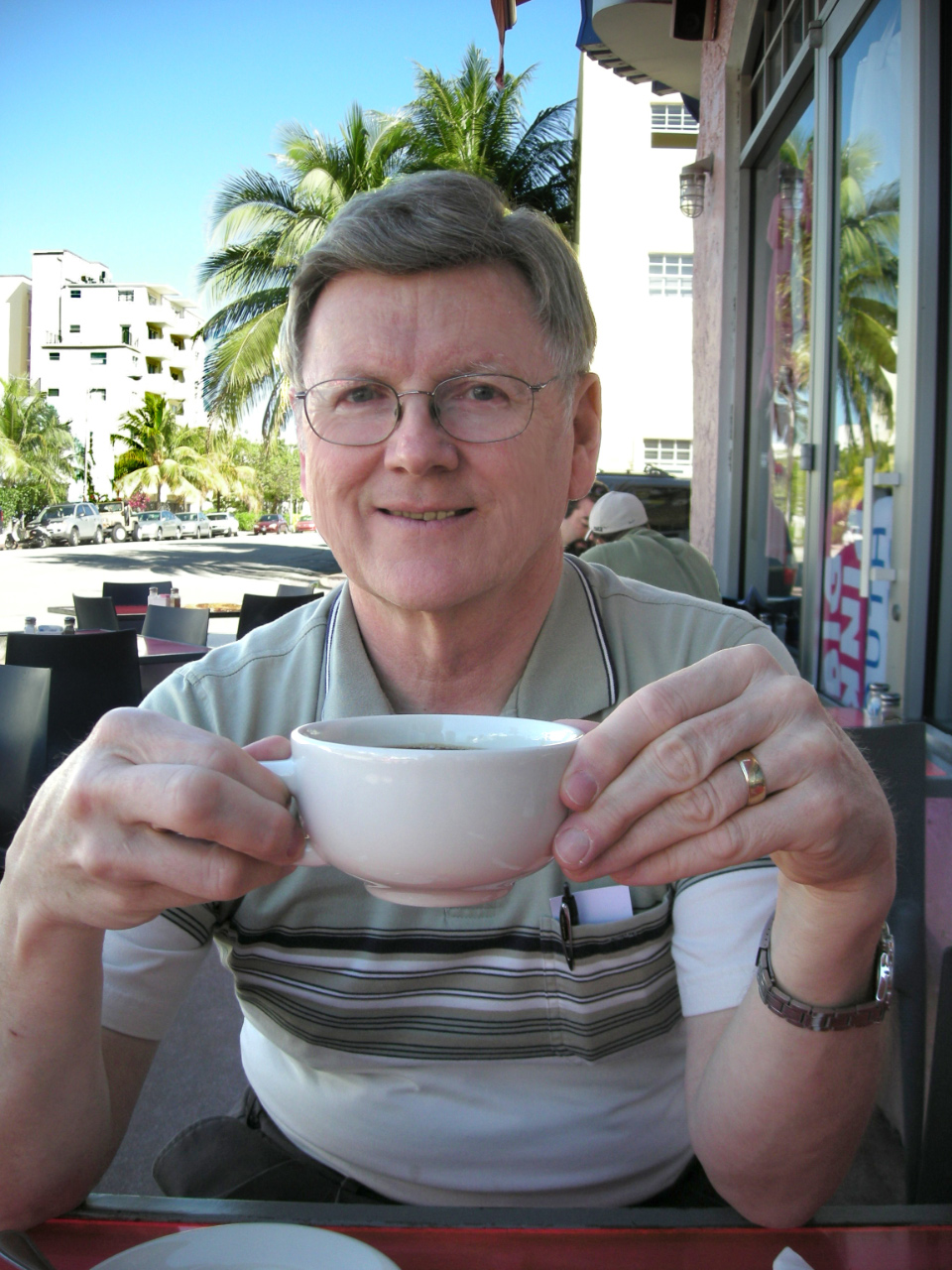Last year, I posted a blog entry noting the closure (for two years at that time) of the local Ragab Sons supermarket on Lebeney Axis - the very busy road that passes behind our apartment. Some Googling and asking friends didn't produce much explanation for the closure of this and other Ragab stores beyond, "they were having some trouble with the government."
We were pleasantly surprised this year to see this neighborhood store open again - and some new Ragab signs on it. The signs were missing last year. Here are pictures from 2013 and 2024.


Since we were in need of a few items, particularly eggs, we walked the quarter mile or so up the street to take a look today. Of course, we had to pass six convenience stores along the way where we could have bought eggs. The aisles are wide and brightly lit, although customers were scarce.

It was easy to see that the re-opening must have been fairly recent as the lady weighing the vegetables and applying price stickers was receiving on-the-job instruction. By the way, those are eggs on the right-hand side of the picture above - packaged in convenient Egyptian 30-packs. 30 eggs for 177.95 Egyptian Pounds - that is about $1.42 per dozen.
Things have been rearranged since the last time we were inside. The sign still says "Detergents" here but the shelves contain cooking oil - a widely used commodity. And most of the aisles were thinly stocked as is the case with these fava beans on the right. We didn't find everything on our list but we have hope that the future will see a return of a better stocked store as it used to be.


Our expensive items were butter, cheese, eggs and cream; but the total only came to $26. Ragab doesn't list the items on the receipt in English at the customer's option as Metro supermarkets do, so we have to rely on Google Translate if we want to check prices.

We did buy a couple of candy bars while in the store - both a Hobnobs and a Katakito. We chose them just because of their names. Katakito is obviously a spin on Kit Kat and Hobnobs is just an amusing name.

The plastic bags for our groceries now read Awlad Ragab instead of Ragab Sons as they did in previous years. (They mean the same thing.) And, it was good to see the friendly reminder to dispose of the bags properly, "Keep our country clean." Although a better slogan might be, "Make Egypt clean again."

The Ragab website can be found here.
For any MBAs amongst my readership, this webpage from the Boston Consulting Group from 2022 discussing The Future of Traditional Retail in Africa will prove fascinating. Describing the retail marketplace here, they note the following:
In Egypt, more than 120,000 small grocers and kiosks account for 75% of retail sales. But modern retailers, particularly locally based ones, are emerging rapidly across all formats. Modern formats posted 21% annual growth from 2015 through 2020. Their market share over that period rose from 15% to 25%, one of the highest growth rates across the continent. The Kazyon discount supermarket has expanded rapidly in Egypt since 2014, with small-format stores in underserved low- and middle-income areas. Other successful Egyptian supermarket chains include Awlad Ragab and Seoudi.
And, finally, here is a survey from 2022 that ranks ten Egyptian supermarkets for perception of quality. Carrefour ranks number one, and let's just say that Ragab has nowhere to go but up. We, however, would rank the young man at the deli cheese counter in our Ragab among the friendliest in Egypt.


















































